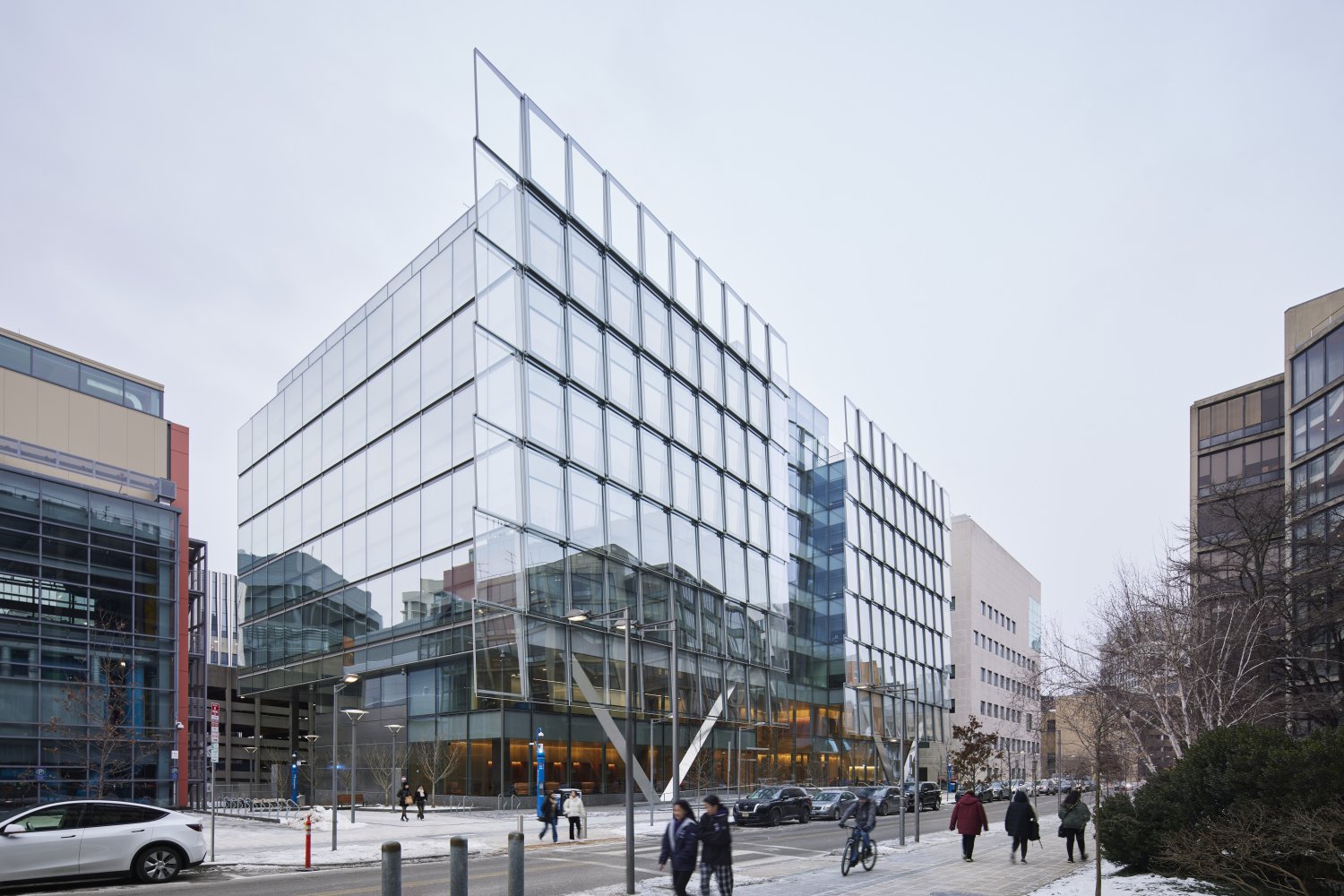In Star Trek: The Next Generation, Captain Picard and the crew of the U.S.S. Enterprise utilize the holodeck, a room with the ability to create 3D environments, for mission preparation and entertainment. They can simulate various settings, from jungles to Sherlock Holmes’ London, with deep immersion and interactivity. The holodeck allows for infinite customization through simple language commands to generate any desired environment.
Today, virtual interactive environments are also used for training robots before real-world deployment in a process known as “Sim2Real.” However, the scarcity of these environments is a challenge as artists manually create them, spending significant time on each one. This shortage hinders the training of robots to navigate real-world complexities effectively.
To address this issue, a system called Holodeck was developed by researchers at Penn, Stanford, the University of Washington, and the Allen Institute for Artificial Intelligence. Holodeck, inspired by the Star Trek technology, can generate a wide range of interactive 3D environments based on user requests using AI interpretation of language commands.
Holodeck leverages large language models (LLMs) to understand user requests and create detailed environments. By breaking down requests into specific parameters, Holodeck can generate realistic and accurate scenes, making it a valuable tool for training robots in diverse environments.
Researchers tested Holodeck’s capabilities by comparing its outputs to those of other tools and found that human evaluators consistently preferred the scenes created by Holodeck. The system excelled in generating a variety of indoor environments, enhancing the training of embodied AI agents for safe navigation.
Using scenes generated by Holodeck, researchers fine-tuned an embodied AI agent, resulting in improved navigation abilities in various virtual spaces. Holodeck’s effectiveness in preparing robots for new environments was evident in the agent’s success rate in locating specific objects, showcasing the system’s potential in diverse training scenarios.
Holodeck’s ability to efficiently generate a wide range of environments for robot training marks a significant advancement in the field, offering researchers the tools needed to enhance the capabilities of AI agents in navigating complex real-world settings.





















